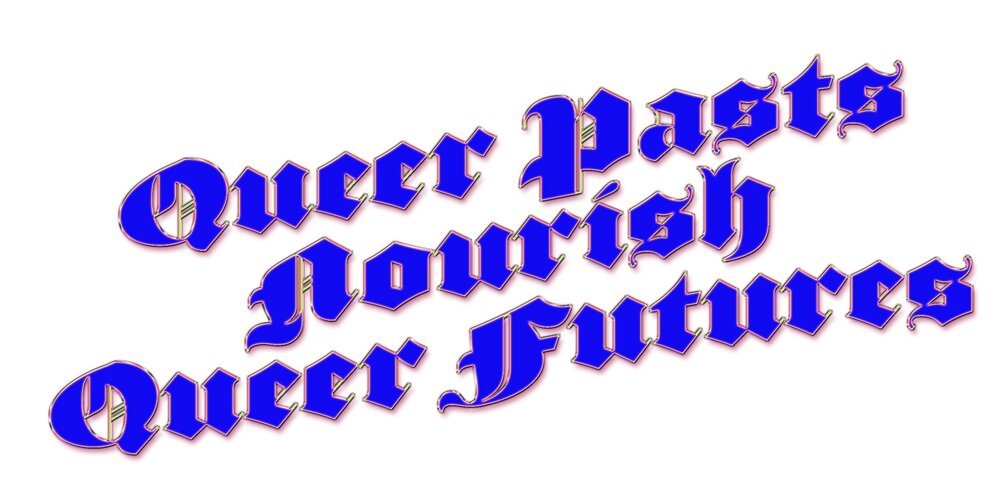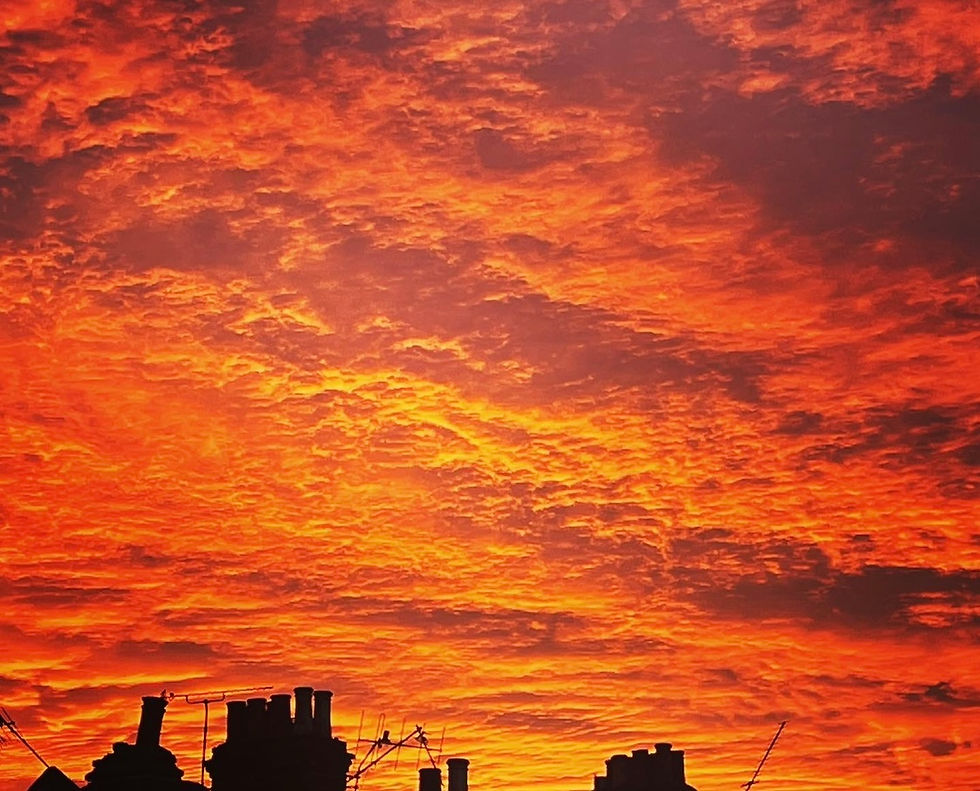Queer London & the Shebeen Queen
- anne

- Feb 27, 2022
- 4 min read

If February is supposed to be a celebration of love – then it has to encompass all love, because ultimately: love is love. And in hugely troubled times like these – we all need more love! ❤️🧡💛💚💙💜🤎🖤🤍💗
London has a long, proud history of LGBTIQ+ culture that spans all sections of society … many still facing huge and intersecting discrimination and stigma. It is therefore very welcome that the LGBTQI+ community will FINALLY (it’s 2022 FFS!) have its own museum. Queer Britain is due to open sometime this year in King’s Cross, London – paradoxically, in Granary Square, the gentrified area behind the station - with all its overpriced shops and mainstream restaurants … a far cry from the 90’s warehouse party scene!

Holding on to that thought for a moment, inevitably brings to mind the endless commodification of LGBTQI+ culture, along with the depoliticisation of the movement – rainbows, rainbows everywhere come at a cost and Pride celebrations are a good example of parasitic capitalism strangling alternative cultures. We shouldn’t lose sight, however, of the fact that things have changed - many for the better. There is more mainstream acceptance of the LGBTQI+ community - think It’s A Sin – but everyone isn’t enjoying equitable recognition, visibility and, importantly, the safety they deserve … just ask a disabled lesbian of colour or a trans woman! Still, it will be exciting to have Queer Britain in a central, accessible location.
Thankfully there is a plethora of important spaces outlets, organisations, groups – that have existed and evolved over decades, leading the way and breaking new ground to create a sense of community and belonging - such as (and the list is far from exhaustive):
🌈 Gay’s The Word, the UK's oldest LGBT+ bookshop, set up in 1979 as a community space where, to this day, all profits were funnelled back into the business.
🌈 Bishopsgate Institute, a learning space – since 1894 and a rare haven in the heart of the City of London. It offers an extensive programme of cultural events and vast collections on London history, socialism, activism, feminism, LGBTQ+ history, freethought and humanism. They are currently staging Out and About, a take-over at the Curve, Barbican with an archive installation highlighting 40 moments and stories in London’s LGBTQ+ history.
🌈Camp Books specialise in rare & historical Queer Media: books, posters, pamphlets, ephemera of all kinds and just launched their Mapping Queer Lambeth pamphlet; a project which charts Lambeth’s rich LGBTQIA+ history through the physical buildings, spaces and spots across the borough.
And of course, there is music, dancing and merrymaking – bringing people together since times immemorial. Soho has long been a linchpin of London’s nightlife with its bars and clubs – and if you head towards the Strand, pop into the inimitable, tucked away Retro Bar - one of my all-time faves! Other old favourites include the Royal Vauxhall Tavern, south of the river. Built in 1865, it has been hosting LGBTIQ+ nights and cabaret ever since the 1980’s. In the east, queer pleasure palace par excellence the Dalston Superstore is a club, cabaret spot, café, gallery and community space all at once. And then there are specific nights such as Super Sonic Queer Ball or Girlz Be Like pionneer promoters, including Nikki Lucas, Yvonne Taylor and many more belting out tunes especially for LGBT+ peoples and their friends; and legendary Sink the Pink, who are hanging up their dancing shoes – after one final ball! Don’t miss it! In keeping with the sound theme, tune into Trans Radio UK – the only trans station in the UK.
Enter Pearl Alcock: The Shebeen Queen

Pearl Alcock (1934 – 2006) arrived in the UK from Jamaica in 1958 – as part of the Wind rush generation. At 25, having just left her husband and with a mere £5 in her pocket - but enough energy and determination to fill the coffers of any bank – she headed to Leeds. After years of working hard and saving, in 1970, she made her way to London to realise her dream: to own her own business. She opened a boutique selling women’s clothes and bridalwear at 103 Railton Road, Brixton, and, in the basement, she set up a shebeen (unlicenced bar), which soon became the favourite hotspot of the Black gay community – who were often excluded from other gay bars in London. Pearl’s club was the only safe queer space in Brixton and attracted punters from across city who came to dance the night away, while Pearl, herself bisexual, served drinks.
After Thatcher’s election things changed. A more puritan era swept the country, giving the police the perfect excuse to swiftly – and often brutally - clamp down on illegal bars, especially those frequented by Black and / or gay customers. Pearl, well aware of the particular risk to her clientele, was forced to call it a day. She sold her shop following the 1981 Brixton uprising which had contributed to making it financially unsustainable and instead, she opened a café a couple of doors down – providing another haven for the local West Indian community. Her business ran on a shoestring and, when the electricity was cut, for a short time it operated by candle light. Sadly, that too was forced to close.

That didn’t stop Pearl, however, who at 50, reinvented herself as an artist. It all started slightly by chance when, too broke to buy her friend a birthday card, she made her one. Her passion and creativity were unleashed. Her work was so popular, that people brought her materials so she could draw. Her focus was less on the modes of art, more on the vibrant colours she used to express her visions and moods. Just as she did in her daily life and her community, Pearl Alcock brought generosity and authenticity to her art. By the late 80’s, she began to gain more recognition and her work got picked up by art connaisseurs. Her paintings were exhibited locally at the 198 Gallery – on Railton Road (still a gallery today). In 1990, Pearl’s work was included in the London Fire Brigade calendar and in 2005, just one year before her death, her work was displayed in the Tate Britain’s ‘Outsider Art’ exhibition … an inspiration right to the end. And it is stories like Peal’s that need to be told and retold so they can help shape our collective memory.





















Comments